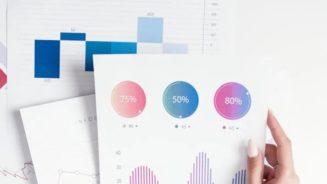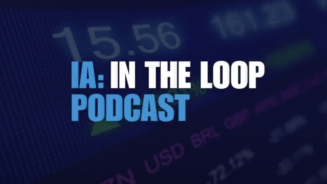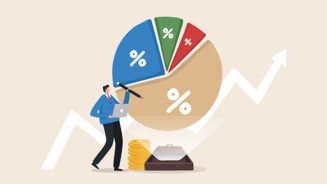Will 2017 be the year of the active manager?
By , 18 Jul 17
Within the fund industry, 2017 was widely heralded as ‘a year for active managers’ after a long period when central bank policy and geopolitical concerns had driven asset prices. Click on the slides below to see whether, with more than half of the year gone, active managers across asset classes have been able to beat their benchmarks.

Global emerging market equities is the asset class where active managers have generated the best returns this year.*
But they still have narrowly missed their benchmark, with the MSCI Emerging Markets Index returning 23.35% year-to-date. However, considering average management fees of 1.2%, they have outperformed their index before fees according to Morningstar data, though not according to the Financial Express fund sample.
Over the past three years, global emerging market equities saw annualised returns of just 2.4% according to Morningstar.
While this sounds pretty low, it can even get lower. If you had been invested with the average active manager, you would have generated an annualised net return of just 1.5%. That’s just about enough to compensate for inflation if you are a eurozone investor, and it shows how big the impact of fees can be when returns are not that high.
Active EM equity managers have, on average, beaten their benchmark over both the past three years, and in 2017. But only before fees, and not after. The same goes for European equities, while US equities have continued a streak of seemingly eternal underperformance.
Fund flows have also continued to favour passives, so 2017 hasn’t so far been the year of the ‘return of active managers’. It has merely confirmed a lasting trend.
*Expert Investor chose to compare funds that have a dollar share class, because that produced the largest fund sample.





